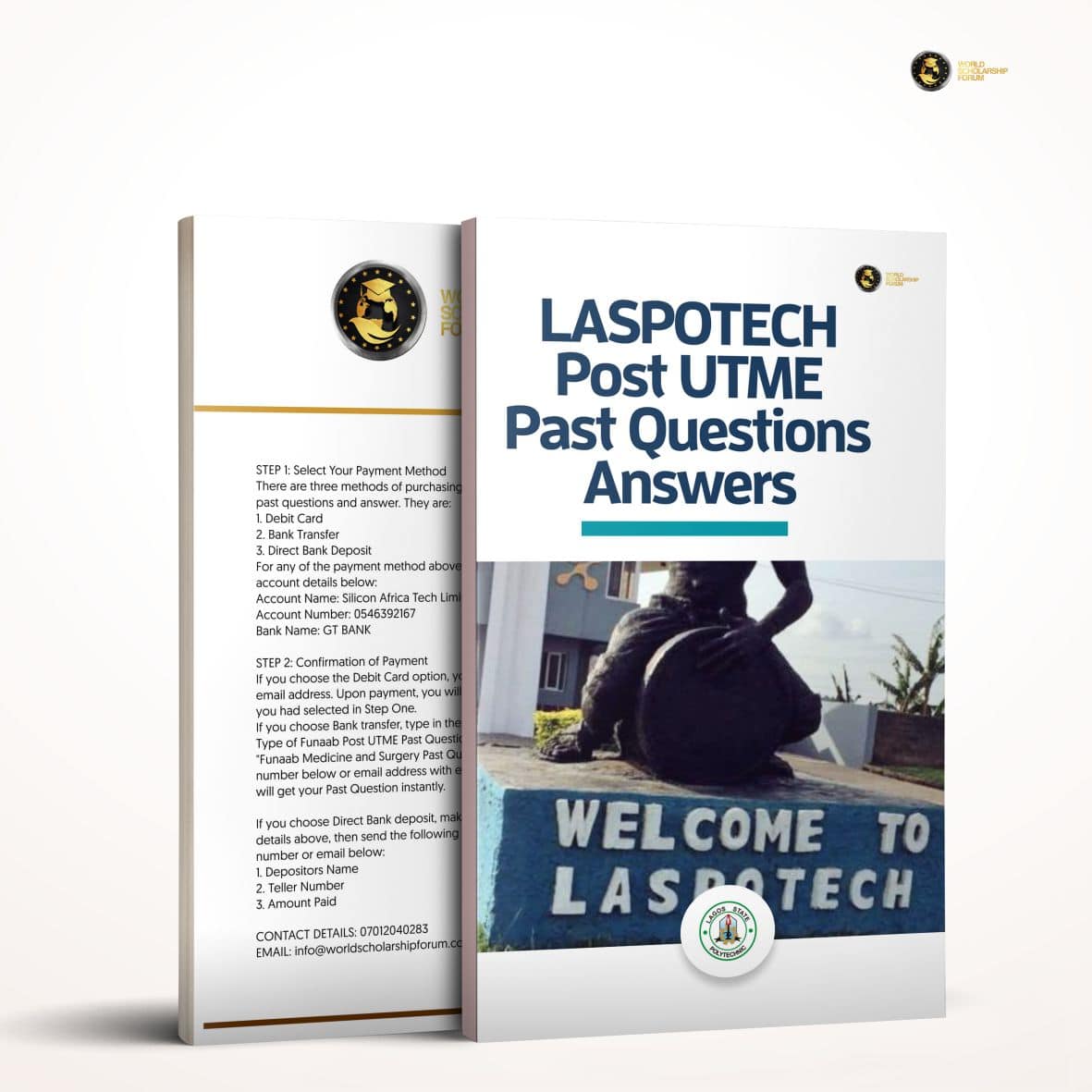With high school students, the next question they are asking is how to apply for online college, especially after the covid-19 pandemic. Applying to college can be a daunting task. Filling out college applications comes after a prospective college student has researched programs, identified their preferred schools, and reviewed the admission requirements.
Completing an application for an online college is practically equivalent to applying to a traditional school, and there is so much to learn.
This article will guide you on how to apply for online college.
How To Apply For Online College: Why Enroll In An Online College?
Students from many walks of life can benefit from online colleges. According to the Online Learning Consortium, over 5.8 million students took at least one online course during the 2015 school year, an increase of 217,275 over the previous year.
The number and diversity of programs available will increase as distance learning becomes more popular.
Online education allows students to focus on other obligations such as professional promotion, military service, raising a family, or travel. From basic licensure to PhD programs, online students can pursue any level of education.
Online education has many advantages, and this information is intended for prospective students who wish to learn more before applying to and enrolling in online universities.
What are the Online Colleges Available?
Before figuring out how to apply for online college one should know the online colleges. With online colleges, the contrasts between public and private are comparable to those seen when comparing traditional brick-and-mortar counterparts.
#1. Public and Non-Profit Schools
Public and non-profit organizations Schools are often supported by state and local taxation. If your state has a public online institution, you will most likely be eligible for reduced tuition.
In addition, public schools favor resident applications, which may enhance acceptance rates among in-state students.
Because student numbers at public institutions are greater, the student-to-teacher ratio may be higher.
#2. Private and For-Profit Schools
Private and for-profit schools rely on donations and tuition fees. Tuition at private colleges is typically the same for both in-state and out-of-state citizens, and in most circumstances is greater than tuition at public non-profit schools.
These private colleges may have access to newer facilities and technologies depending on the quantity of financing they get. They often provide pupils with smaller classes and lower student-to-teacher ratios.
In many circumstances, a private school’s reputation precedes it. Most usually, in a positive way. Indeed, many students are prepared to pay more solely to graduate from a reputable program.
How much does online Education Cost?
Cost is the most important factor for many families. Especially given the price discrepancy between packages.
Consider that the average undergraduate tuition for in-state, public students in 2015 was $9,410, while the average tuition for private students was $32,405; over three times as costly.
While there is clearly low-cost tuition available, the industry consensus is that elite online universities are no more economical than their regular campus counterparts.
However, as the reputation of online universities grows, traditional types of aid and scholarships are becoming available to online college students.
What do I look out for when Choosing an Online College?
If you’re still in high school, your guidance counselor may assist you in determining how to choose an online institution.
If you’ve opted to take a gap year or two, or more, before starting college, you’re likely on your own. In that case, here are some things to consider before applying to an online institution.
#1. Quality Indicators
College is a significant investment, and you don’t want to waste money on an education that will not help you advance in your profession.
Investigate schools and institutions in the same way that you would any other major purchase. Examine for indicators that a school provides high-quality academics while remaining financially viable.
#2. Check to see if it’s Accredited
A school that is accredited has met particular standards set by a reviewing agency. You can’t be sure you’re getting a good education if a school isn’t properly certified.
Worse, other educational institutions or professional associations may not accept your degree. This can be an issue if you are attempting to get an industry certificate or transfer credits to another school or program.
#3. Examine the Students’ Success Rates.
Once you’ve determined that a school is properly accredited, investigate how well it fulfills its purpose of training graduates to enter the labor force.
Colleges and universities may publish testimonials from graduates extolling their qualities, but you should look further. Look for measurable evidence that depicts student success clearly. Examine the following in particular:
- Retention rate: The percentage of freshmen who return to school the following year is referred to as the retention rate.
- Graduation rate: To calculate the graduation rate, schools count the number of students who complete their degrees in less than 150 percent of the time required. In other words, the graduation rate for a bachelor’s degree is the percentage of students who graduate within six years.
- Graduate outcomes: Graduating from college is one thing; establishing a career in your chosen profession is quite another.
#4. Check out how well a school is Ranked
Not everyone can attend an Ivy League institution, but you still want to ensure that you’re getting a good education. And there are many online schools that can supply it.
School rankings are popular but don’t rely solely on them to narrow down your selection of potential colleges. Their one-size-fits-all approach may overlook critical considerations for you. And, before you put too much stock in any top college list, read the method to discover how those rankings were arrived at.
Is the ranking, for example, based on aim data from the US Department of Education or other credible sources? Is it founded on unscientific polls of students or graduates?
Read This: 15 Best Microsoft Excel Classes Online For Beginners & Advanced | 2024
#5. Take into account the school’s reputation
While objective rankings are important, they should be utilized with feedback from students and graduates. No one knows a school better than individuals who have firsthand experience with its offerings.
To gain an idea of a school’s reputation, look at social media sites for student comments or search the internet for reviews.
Rather than being misled by a single person’s experience, look for patterns in evaluations about favorable or poor features of the institution. For example, if each unfavorable review complains about a different component of the school, it’s more probable that the reviewers are reporting outliers from their own experience, which may or may not apply to you.
However, if every unfavorable review points out the same fault in a specific institution, it may be worthwhile to pay more attention to their cautions.
#6. Investigate Lifespan and Financial Health
Although it is rare, schools might collapse, leaving students rushing to transfer credits and complete their education elsewhere.
While there are no assurances, you may reduce the likelihood of this happening to you by enrolling in a school with a solid track record and good financial standing.
#7. Think about the Location
You might be wondering why location matters if you’re learning online. That’s a fantastic question, and for some, it might not be a factor.
According to the Online College Students 2019 survey from Learning House, a Wiley brand and provider of education technology solutions, 21 percent of online undergraduate students believe proximity to campus is a major concern when choosing a school.
In fact, in 2019, two-thirds of online students reside less than 50 miles from their college, with 44 percent living within 25 miles.
According to Learning House, local schools may have stronger relationships with regional employers, which can be helpful for students looking for work after graduation. Students may also value the ability to use campus facilities and amenities, and take part in the graduation ceremony.
#8. Examine the Amenities Available to Online Students
Online students may not visit campus much, if at all, but that does not mean they are on their own with their education. Many online institutions provide tutoring, career counseling, and other services to distance students.
For example, schools may designate an academic advisor to assist students in selecting and registering for classes. When starting out at an online school, this person might be a helpful resource.
Meanwhile, the career counseling office may help with internships, resume writing advice, and/or simulated job interviews via Skype or FaceTime.
#9. Confirm that you Can Afford it
After all, if you can’t afford college, you won’t be able to attend it. Don’t make the mistake of over-relying on student loans, either.
Student loan debt has reached crisis proportions in recent years, with Americans owing $1.49 trillion in the first quarter of 2019, according to the Federal Reserve Bank of New York’s Center for Microeconomic Data. In 2017, the Federal Reserve Board of Governors discovered that the average payment on repaid loans was between $200 and $300.
Being wise about where you go to school and what you study can help you avoid falling into debt. This entails considering not only the cost of a degree but also your return on investment. The return on investment, abbreviated as ROI, relates to how much money you may expect to make with your degree.
Paying $100,000 for a degree that will land you a $40,000 job is a bad investment. It is preferable to spend $40,000 and gain a $100,000 job. The better your ROI, the lower your schooling costs and the higher your compensation.
How to Apply For Online College
You can use this to guide you on how to apply for online college once you’ve done your research and chosen your college of choice.
The Applicant Must Follow The Following Steps To Submit College Applications Online:
- Do your registration by clicking on the “Apply Now” button, filling out the information, authenticating the details, and signing in to the online admission portal.
- Use the “Apply Program” option, select programs based on your choices. Applicants have the option of selecting the needed program.
- Fill in important information such as Personal Information, Address Details, Education Details, and Entrance Exam Details by referring to each area.
- Upload your photo and signature, as well as any supporting documentation.
- Organize a payment
How to Select a Major Or Program Type
Besides selecting a college, your main responsibility before submitting applications is to select the curriculum. While all college students must select a major, online students must also select the program type.
Select a major
Choosing the major is one of the most crucial aspects of your education. Your choice influences the classes you take and helps to chart the route for your post-college career. While many colleges allow you to choose or alter your major after you begin classes, you can save time and money by deciding on a major ahead of time.
Think twice before enrolling in an online college because you believe it will be easier than a traditional degree program. Online courses frequently follow a syllabus comparable to that used in on-campus programs, and they can cause a large time commitment.
Be realistic about how much study time you can fit in around your employment and family responsibilities. Trying to cram a full course load into a packed schedule is a definite way to burn out and see your grades suffer. Part-time enrollment would be a better alternative.
Choose a Program Type.
Not all online degree programs are organized in the same way. Colleges may provide a wide range of curricula. The following are some categories you should know:
Hybrid
As previously stated, these programs adopt a blended learning paradigm that blends online education with on-campus requirements such as laboratories or presentations. They may adhere to a standard semester format or an expedited format.
Accelerated
Accelerated classes teach more content in a shorter amount of time, generally half the duration of a traditional semester. They could be entirely online or a combination of the two. The accelerated study is great for students who desire to finish a degree more quickly than usual.
Competency-Based Learning
This is an innovative learning approach that is available at several schools and universities. Students can earn credits for subjects they have already mastered through past schooling or employment through competency-based learning.
They may then be allowed to progress through other classes at a faster speed. Students at certain competency-based institutions take only one course at a time. They can go on to the next subject after passing an exam confirming their expertise in that area.
There is no minimum course length necessary. This helps students to skip over areas they are familiar with and spend more time on new information.
Furthermore, online classes can be structured using either synchronous or asynchronous learning methods.
Synchronous learning
Synchronous learning causes students log in at a specified time of day. It is comparable to on-campus programs in that there is a scheduled class time, but you can take part virtually from anywhere.
Asynchronous learning
Students can study whenever and wherever they wish in asynchronous learning. While assignments and evaluations have deadlines, there is no defined time to check-in and peruse course materials.
Asynchronous learning is used by the majority of online colleges, particularly at the undergraduate level. However, some may still have synchronous needs. Check to ensure that you completely grasp the program you’re contemplating and that its prerequisites are compatible with your schedule.
With selecting a program, there is no right or wrong answer. Your decision will be heavily influenced by your course of study, schedule, and personal preferences. You should spend some time analyzing these possibilities so that you don’t lose time and money later by applying to a school that doesn’t match your interests or ambitions.
FAQs
To ensure successful student enrollment, the Online College Admission System streamlines, automates, and manages all admission-related processes such as online registration, merit list generation, fee collection, and student information management.
Online Fee Collection is completely secure. All PGs linked with MasterSoft operate in compliance with RBI (Reserve Bank of India) guidelines; money is generally deposited within 24 hours, however, it may take up to 48 hours in the event of network issues/technical problems/payment mechanism.
- Log into the online admissions site
- Choose the program to which you want to apply
- Fill in your name, educational background, and admission exam information
- Upload supporting papers to verify the authenticity of the documents
- Pay the registration fee online
- Keep an eye out for the final merit list
- Pay the entire tuition in order to receive acceptance confirmation
The cost of Online College Admission Software varies according to factors such as login portal functionality, features, implementation services, and so on.
Conclusion
It’s time to do it yourself now that you know how to apply for online college. You might start by learning more about higher education possibilities in your state, including the best schools. Alternatively, if you already have certain schools in mind, compare them to see how they compare.
References
- https://www.onlinecolleges.com/oc-insights/the-ultimate-guide-to-applying-to-online-colleges-for-first-time-students.html
- https://www.onlineu.com/resources/applying-to-college
- https://www.iitms.co.in/college-erp/college-admission-and-fees/





